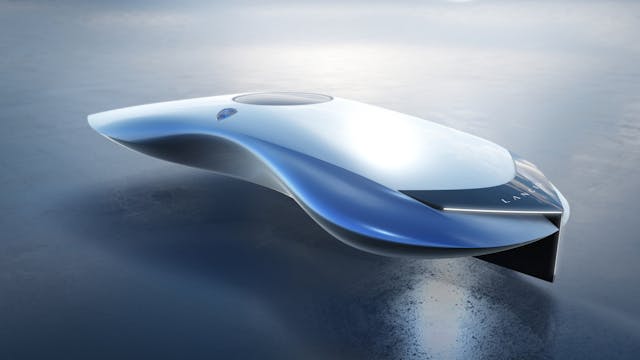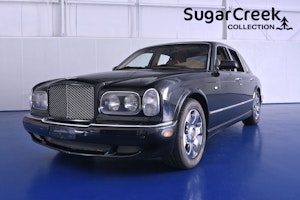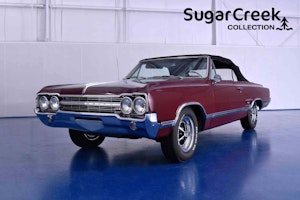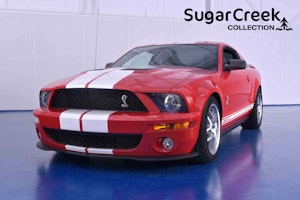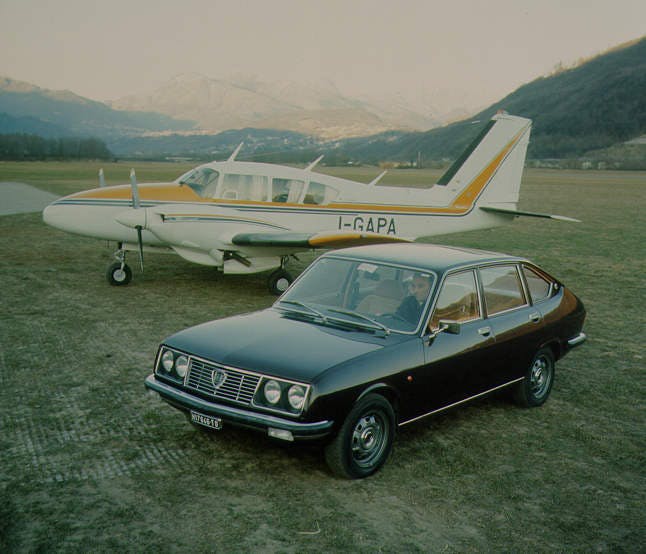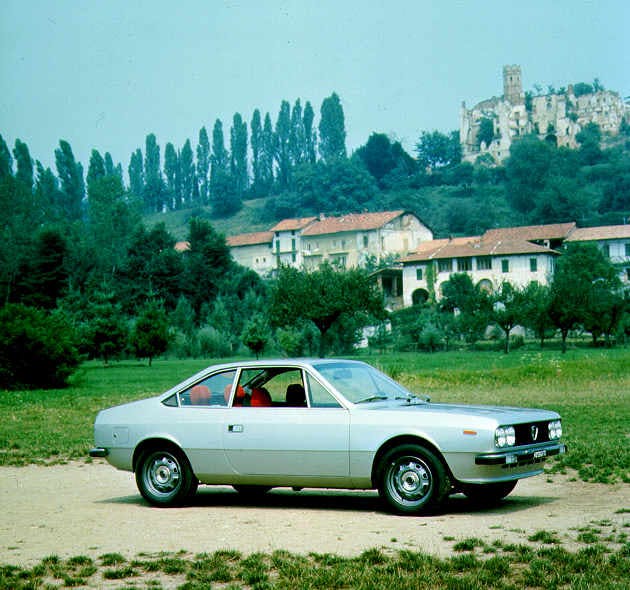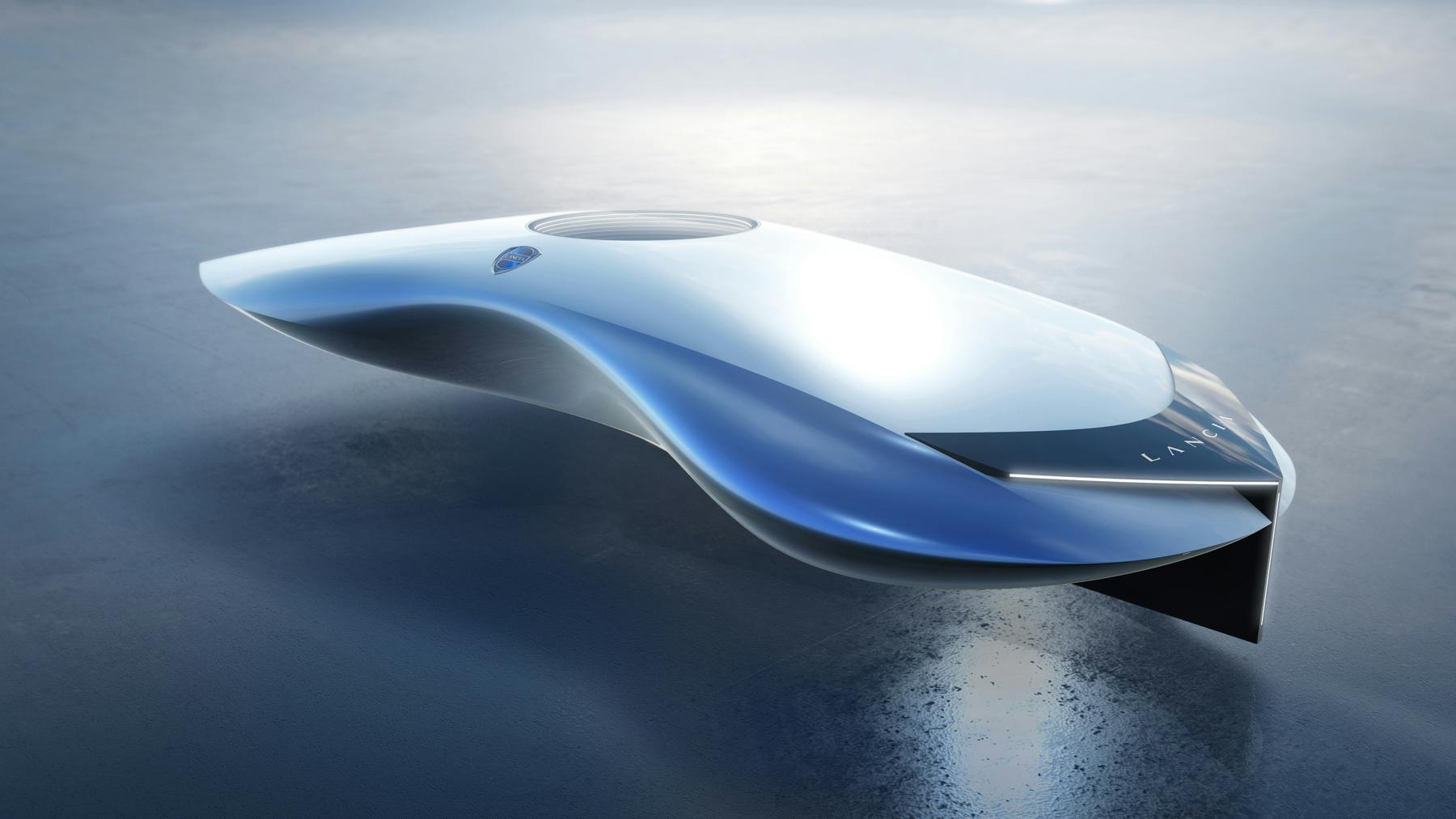Media | Articles
Alpha to Ypsilon: 10 models that future Lancias must live up to
Mark your calendar, Lancia enthusiasts. On April 15, 2023, the automaker will outline what it calls its “Brand Manifesto” for the next decade. We’ve already had a preview of the Italian company’s design direction with its wonderfully wedgy Stratos-inspired Pu+Ra concept (shown above), and we know that the future of the Stellantis-owned firm will be electric.
There’s an Ypsilon city EV coming in 2024, a new flagship model for 2026, and the Delta will be back in 2028. Each has the weight of Lancia’s history bearing on it.
As we prepare for the future of Lancia, let’s take a look at its illustrious past.
Alpha
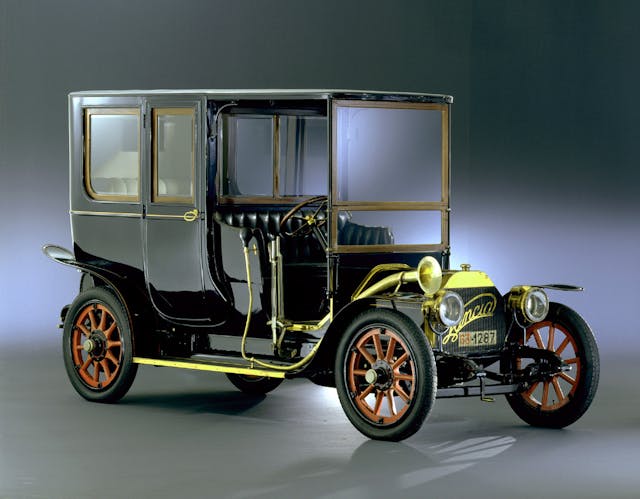
The story of Lancia & C. Fabbrica Automobili began on November 27, 1906, when Vincenzo Lancia and Claudio Fogolin founded the company in Turin, Italy. By the time of the 1908 Turin Motor Show, the former FIAT employees were ready with their first car. Known as the Tipo 51 or 12 HP (after its fiscal horsepower rating), the car was powered by a 2.5-liter, side-valve, four-cylinder engine that could propel it to over 55 mph. Soon after its launch, the name was changed to Alpha, triggering the company’s Greek alphabet naming structure that remains over a century later.
Lambda
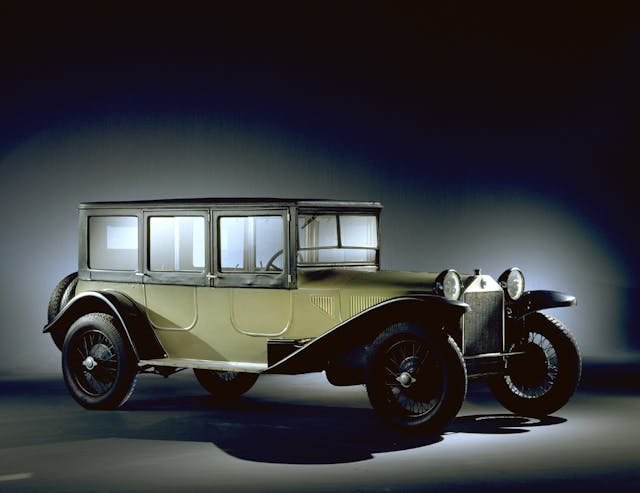
The Lambda of 1922 was truly revolutionary. At a time when most rivals still stuck with a separate chassis, rigid axles and, commonly, only front brakes, the Lancia Lambda had a unibody design, independent front suspension, and drums on each wheel. Under the hood was a 2.1-liter V-4 engine that made 49 hp, giving the luxurious Lambda a top speed of 75 mph.
Marketplace
Buy and sell classics with confidence
Aprilia

Vincenzo Lancia unveiled the Aprilia at the 1936 Paris Motor Show but, unfortunately, he didn’t live to see its success. He died in February 1937, just as sales of this streamlined sedan were taking off. Battisto Falchetto’s design was extremely aerodynamic, with a drag coefficient of just 0.47 that enabled it to top 78 mph despite being powered by a downsized 1.2-liter V-4 engine which only made 47 hp. In the two years before World War II, more than 10,000 Aprilias were sold.
Aurelia
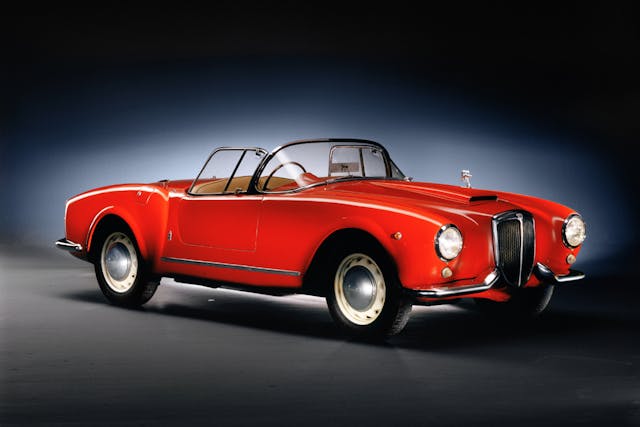
Is this the loveliest Lancia of all time? It’s certainly one of the rarest. Based on the B20 GT coupe, the 1955 Aurelia B24 Spider was styled by Pinin Farina on a shortened B20 frame. Its hood was lower, featuring a sporty scoop to feed air into the 2.4-liter V-6 engine, while the cockpit was pushed back to a central position. The purity of the Pinin Farina design extended to the removal of external door handles, which would have interrupted the contoured flow from front to rear. Only 240 Aurelia Spiders were made and, if you can find one today, you should expect to pay close to $2 million.
Fulvia
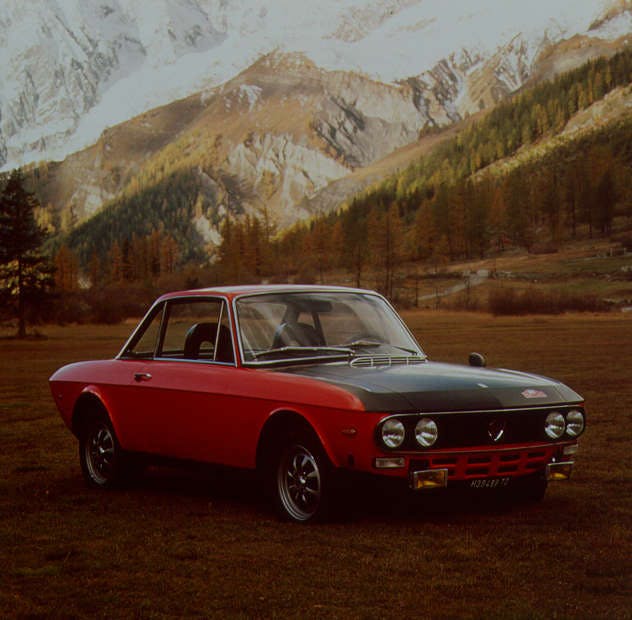
Developed from Lancia’s first front-wheel drive model, the 1961 Flavia, the Fulvia would grow into a high-performance stage star that would set the company on a course for World Rally domination. The Fulvia, which arrived in 1963 as a Berlina sedan, became available as a coupe in 1965 and quickly proved itself to be a worthy competitor under Cesare Fiorio’s new works team. Starting in 1965, the little V-4-powered Fulvias won the Italian Rally Championship eight times in nine years and took Lancia to the World Championship title in 1972. For those with their eyes on style rather than speed, a Zagato-bodied version was also available.
Beta
Lancia was bought by Fiat in 1969, and its new parent company wanted to see profits. That meant dipping its toe into the pool of mass market motoring in the form of the Beta. With a Fiat twin-cam under the hood, rakish styling with aerodynamic glass-enclosed headlamps and sloping hatchback, the Beta was a staple of the Lancia range for 12 years from 1972. It spawned a three-door coupe, a Zagato-styled spider, the breadvan-like HPE and even a mid-engine Montecarlo, which had very little in common with its namesakes.
Stratos
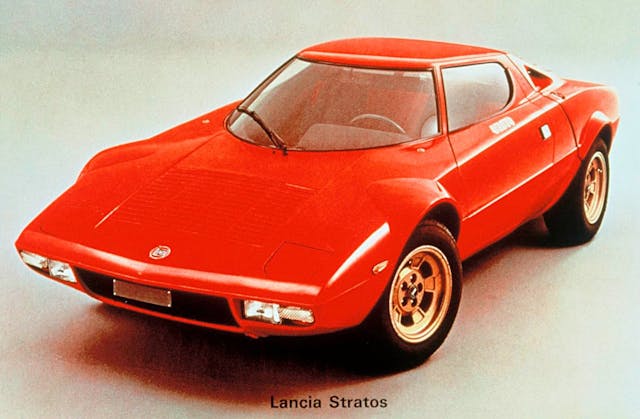
By the early 1970s, Lancia had a taste for winning, and to ensure the victories kept coming the company turned to Bertone and used its stunning Stratos Zero concept car as the base for a new rally champion. The mid-engine Stratos was unstoppable and took back-to-back titles in the World Rally Championship from 1974 to ’76. Powered by a 2.4-liter V-6, as seen in the Ferrari Dino 246, the Stratos remains the most beautiful car ever to fly through forests and dash through deserts on its way to world domination.
Delta
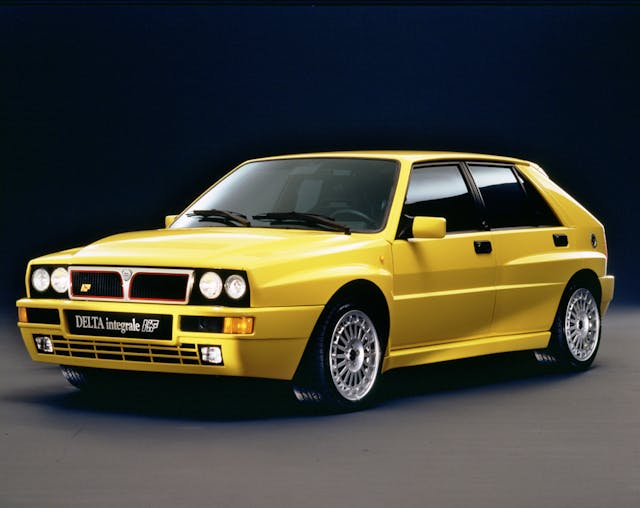
The Delta started life as a humble family hatch in 1979. It was (under)powered by a 1.3-liter, four-cylinder engine and styled by Giugiaro, who was seemingly inspired by his morning cereal box. Yet the Delta would go on to become the most revered car in the company’s history, thanks to its rally-ready iterations. First came the insane S4, built to Group B regulations with all-wheel drive and both super and turbocharging. It was literally too fast to live, causing the death of Henri Toivonen and leading to Group B being banned. Lancia returned with an HF version of the Delta and was again unbeatable from 1987–92. During that period, the HF would add the evocative Integrale to its name and continue to be developed as 8v, 16v, and Evoluzione versions, all of which would have to be homologated for the road.
Thema
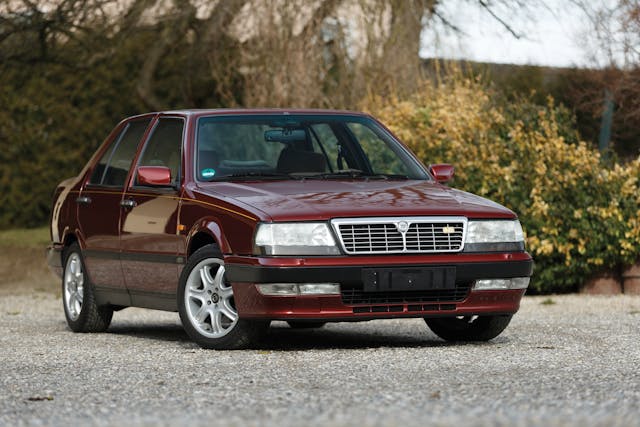
The Thema was part of a money-saving exercise involving Fiat, Alfa Romeo, and Saab. A shared platform, known as Type Four, gave Fiat the Croma, Alfa the 164, Saab the 9000, and Lancia the Thema. They were all flagship sedans for their respective brands, but Lancia would take its Thema to the very top. Not content with fitting a 2.0-liter turbo engine, Lancia paid a call to Ferrari, somehow squeezing the 3.0-liter, 32-valve engine from the 308 under the hood of the Thema. Dubbed 8.32, the car retained its front-wheel drive layout and used a primitive adaptive suspension and active aerodynamics to try to keep it on the road. It cost more than twice what a regular Thema, but you’ve got to admire Lancia’s lunacy.
Ypsilon

The Ypsilon is the last car on our list (although not alphabetically, as that honor goes to the the truly terrible Zeta minivan). This tiny hatchback is here because it has singlehandedly assured the survival of Lancia. First launched in 1995, it was based on the Fiat Punto, while the third generation which has soldiered on since 2011 was built around the underpinnings of the Fiat Panda and 500. Despite its age, the Ypsilon remains the second-best-selling car in the whole of Italy, somehow selling more examples in 2022 than ever before. Thanks for keeping Lancia alive, little Ypsilon.
***
Check out the Hagerty Media homepage so you don’t miss a single story, or better yet, bookmark it. To get our best stories delivered right to your inbox, subscribe to our newsletters.
